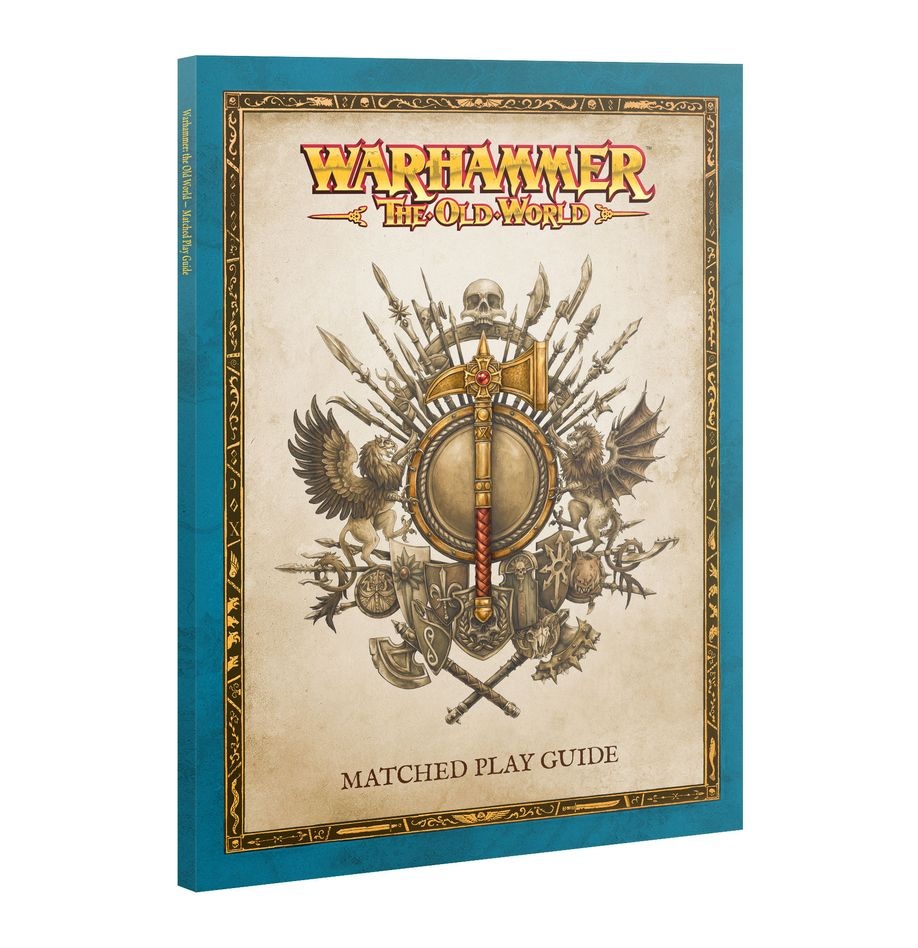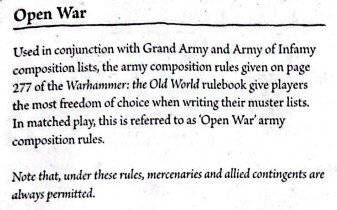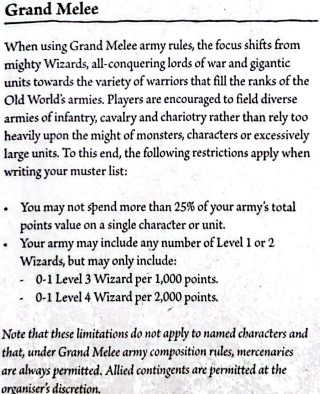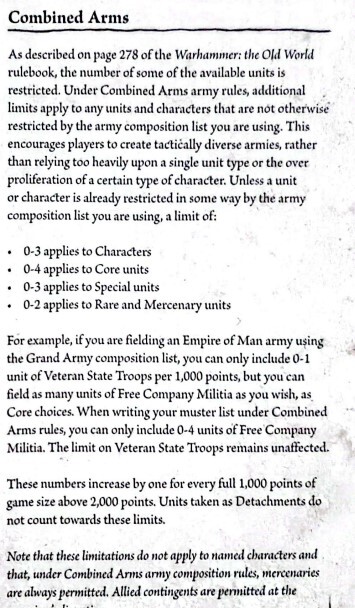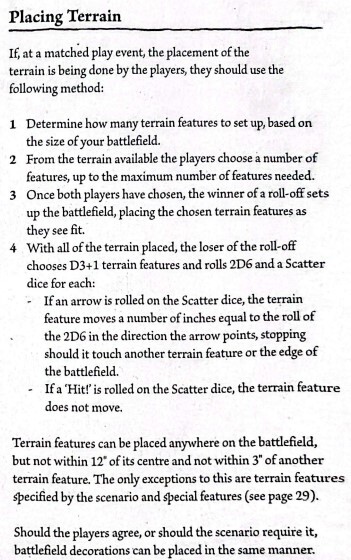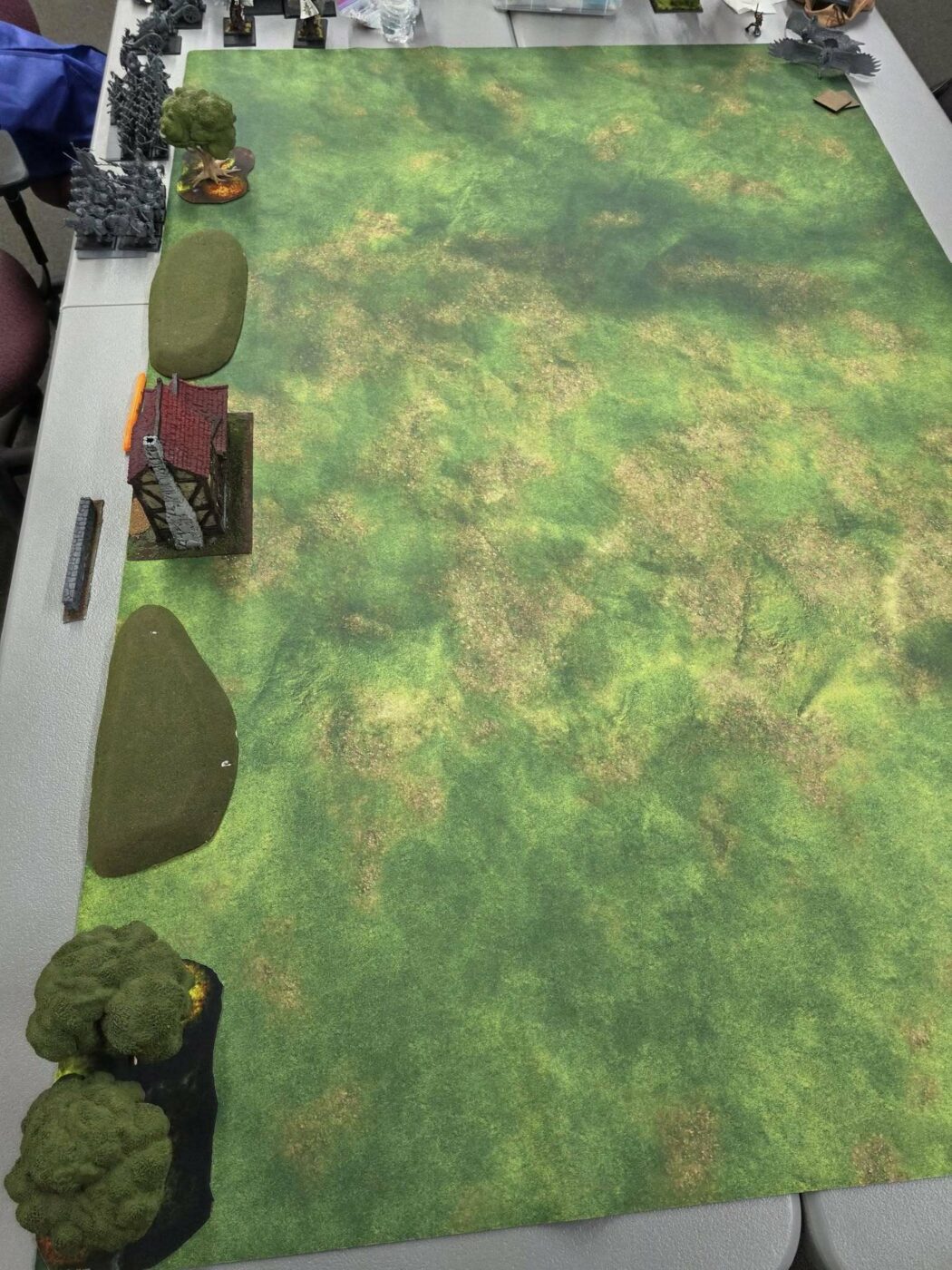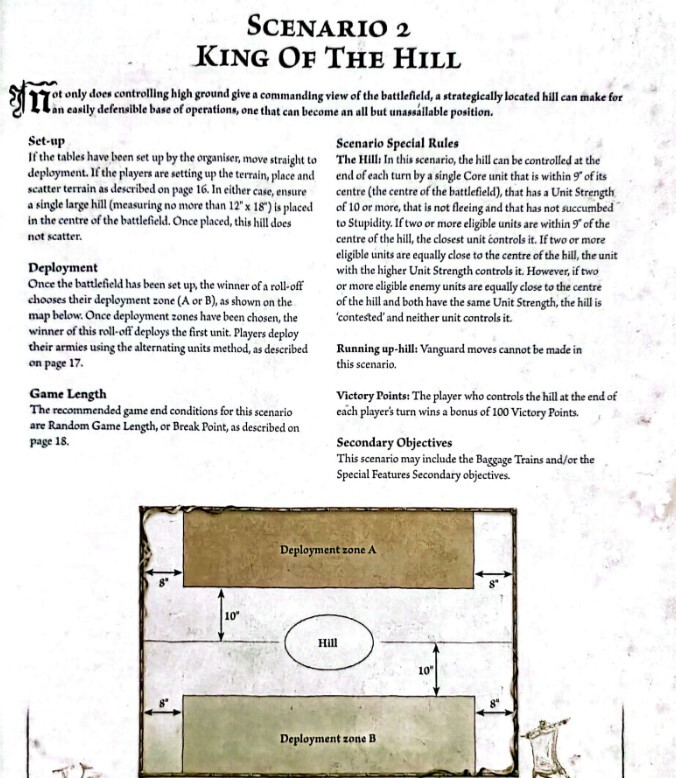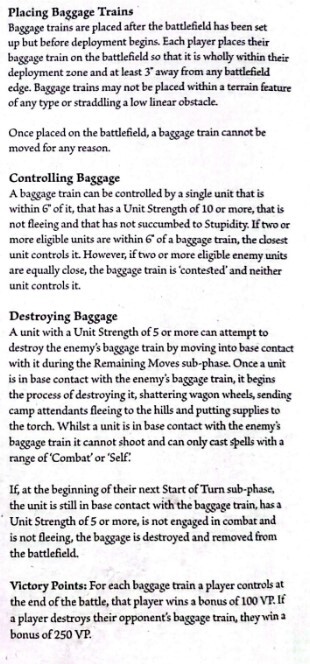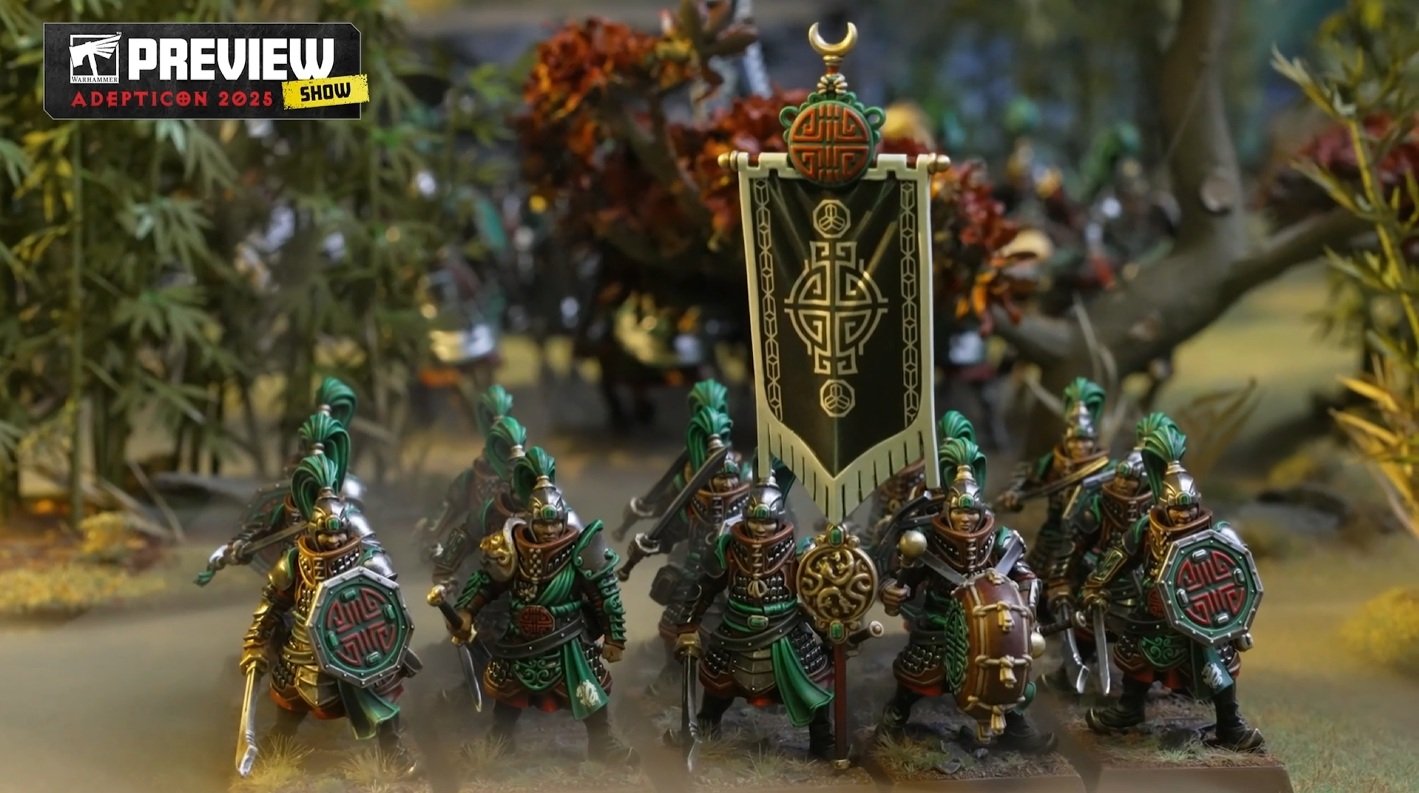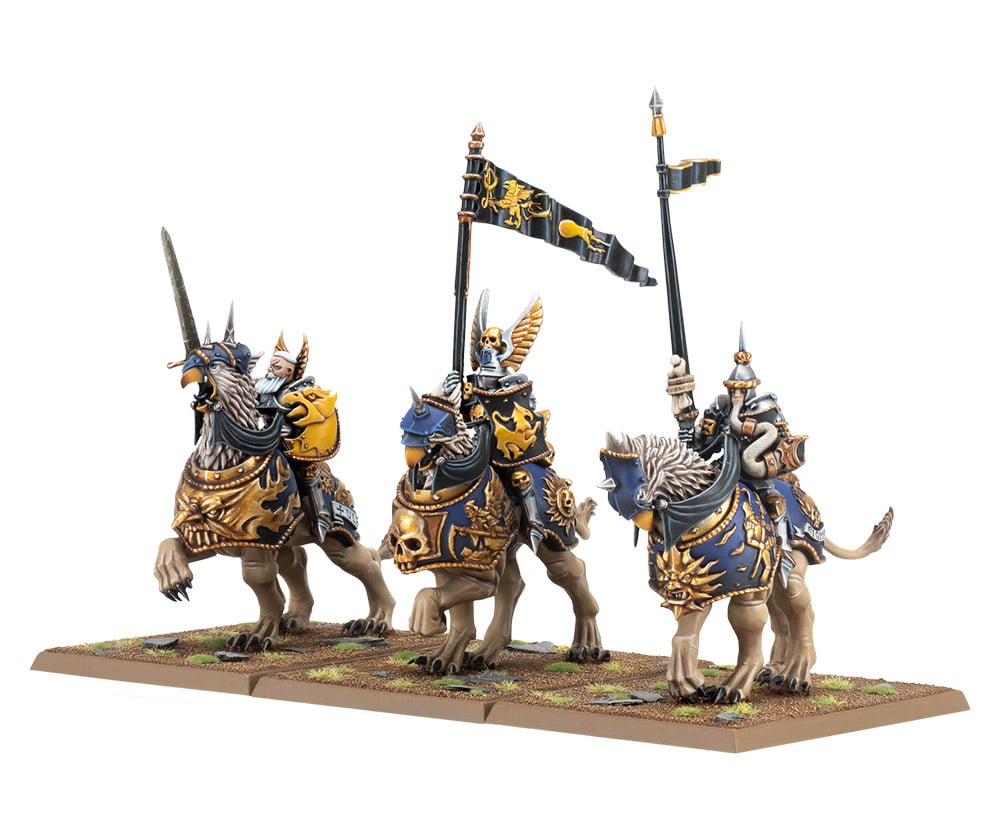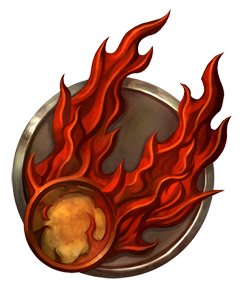While it’s got some rough parts, the new Warhammer: The Old World Matched Play Guide does a lot to make the game better.
We’ve had a really crazy month-ish here in the Old World. A host of books and armies have come out, and it’s been a lot to take in. On top of that we’ve also gotten a big old FAQ out that is really shaking things up. But its not the only thing hitting right now that radically changes how we play the game. The new Matched Play Guide is also coming out and it offers a lot of new ways to change up games. Today lets take a look at what its really offering. I’m going to skip over the sections on running events and doubles, etc., and instead we are going to focus on what it offers for your individual games.
New Army Composition Rules
One thing people were really looking forward to was new rules for Army Composition. And the matched play does offer 3 options to chose from. The first is Open War… which is no comp.
Next up you’ve got Grand Melee, which limits your a little bit on taking too many wizards and really big characters. It’s not huge but does impact a few armies. It’s a lot more friendly then some comps we’ve seen.
Finally we have Combined Arms. This is a slight revision on the Rule of Three that limits how many of certain types of units you can take. Again its not a restrictive as a lot of Comps we’ve seen.
None of these are particularly restrictive on their own. From what I’m seeing a lot of events are looking at using both Grand Melee and Combined Arms for their comp. However I suspect as time goes on events are going to get more restrictive again. However this gives a good base line.
Rules For Setting Up Terrain
Look, I’m going to be honest, just do not use these rules. If GW wanted to think of the most obtuse way to set up terrain for a matched play game, this is about what they would come up with. The issue is that one player gets to set up all the terrain. Yes you get to scatter some, but that won’t move it all that much. If a player wants to make sure they get a hill, they will. If they want to make sure terrain doesn’t matter by throwing it in corners/sides- they will. The image below is a legal set up under these rules:
Its bad. Don’t use it.
The Missions
The book comes with six missions to play with. I’m not going to go into a lot of details where because the missions are pretty similar. Most of them are refined versions of the missions in the rule book. They are really just a few set up options. The big thing they will tell you is what secondary objectives they use/recommend. And that is where the big changes are. I will give a shout out to King of the Hill, which puts a large hill in the middle for you to fight over. This is a great mission.
Secondary Objectives – The Basics
So lets take a look at the Secondary Objectives, as they are really the heart of things here. There are four of them, and you can use all or none of them. The first is Baggage Train. In this both players place down a Baggage Train and gain extra points for controlling them at the end of the battle. An added twist is you can destroy the enemy Baggage Train for extra points. This is great.
Next up is special features, which puts such a feature in the middle of the table. Now right off the bat the feature is impassable and blocks LoS. So just having that in the middle effects the game a lot. At the end of the game the person controlling it gets 200 VP, and it can give you some random bonuses during the game.
Subscribe to our newsletter!
Get Tabletop, RPG & Pop Culture news delivered directly to your inbox.
Domination is table quarters. This gives you points at the end of the game for controlling table quarters. There are different levels of control that give you different levels of points.
Lastly there are Strategic Locations. This puts 2-4 objectives on the table and at the end of each players turn you can score 30 pts for each one you control. While this doesn’t seem like a ton of points in a 6 turn game there are up to 1,440 pts up for grabs.
How This Changes The Game
The introduction of these objectives, if used, is a major change to how you play battles and build lists. Most of these offer a significant amount of points that can be grabbed. Combining them gives you a lot of objectives to control that are worth a ton of points. Using all the secondaries puts something like 2,790 pts on the table to be scored. And most of the objectives require a US of 10 or more to control. They are also generally controlled by the largest US in their range.
This means a lot of the small powerful units out there just can’t score objectives. Outside of a Chaos Lord on a dragon, there aren’t really any monsters, and very few chariots, that can score them. Small 10 man units can be knocked out of scoring my very little. Combined with the FAQ changes this gives infantry a real role in the game. They are pretty tank-y and cheap and can sit on objectives.
It’s not that you can ignore killing the enemy. And tabling the enemy early will still win you battles. But a close game will be determined by objective play and margin of victory will likely come down to objectives. Armies that only have 2-3 scoring units are going to be leaving a ton of points on the table. You can’t just ignore them, and that really does change up the game.
Rethinking Your Old World Armies
All of this is really making me rethink how I’m building armies. Combined with the new Errata and FAQ its a big shake up. Infantry have a real role to play and can earn points. The objectives also make the enemy come and fight your infantry. Meanwhile elite units while still good, can find it harder to score points and, will take losses dealing with tough infantry blocks. Lists with very low unit count will just be unable to score all the points they’d want to. It’s a big change with a lot of ramifications. That is if people play with them. We will have to see what events adopt, but the changes I think do push the game in a great direction.
Let us know what you think about the Matched Play Guide, down in the comments.
Don’t Miss:
Abe is that rare thing, an Austin local born and raised here. Though he keeps on moving around, DC, Japan, ETC., he always seems to find his way back eventually. Abe has decades of experience with a wide range of tabletop and RPG games, from historicals, to Star Wars to D&D and 40K. He has been contributing to BOLS since almost the start, back when he worked at and then owned a local gaming store. He used to be big into the competitive Warhammer tournament scene but age has mellowed him and he now appreciates a good casual match. He currently covers Warhammer: The Old World, as well as all things Star Wars, with occasional dabbling in other topics. Abe mourned over loss of WFB for its entire hiatus, but has been reborn like a gaming phoenix with Warhammer: The Old World.
Read more at this site

